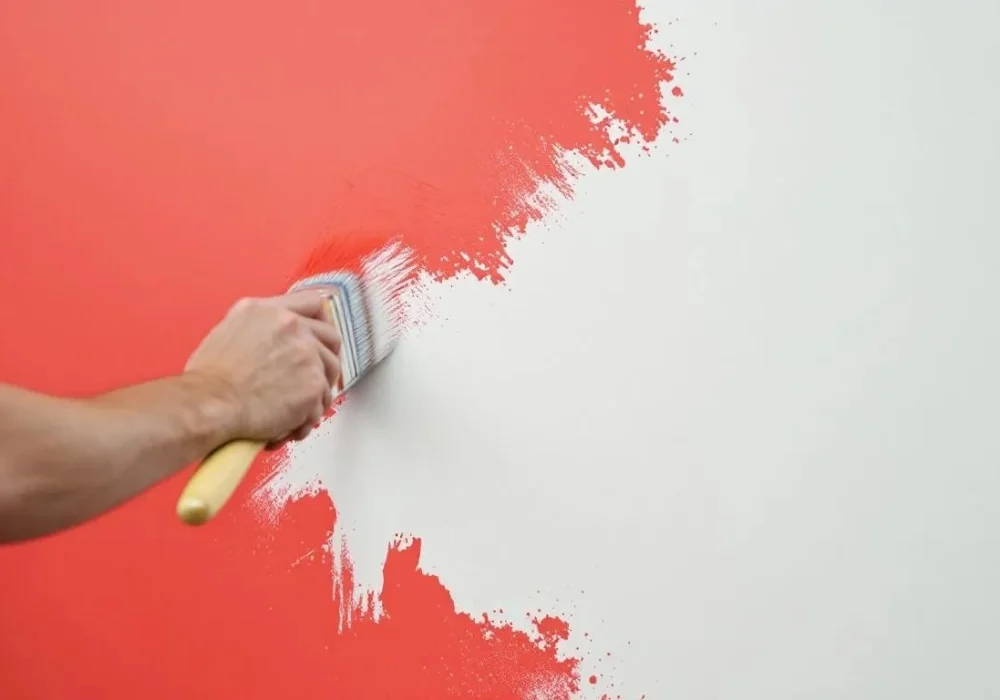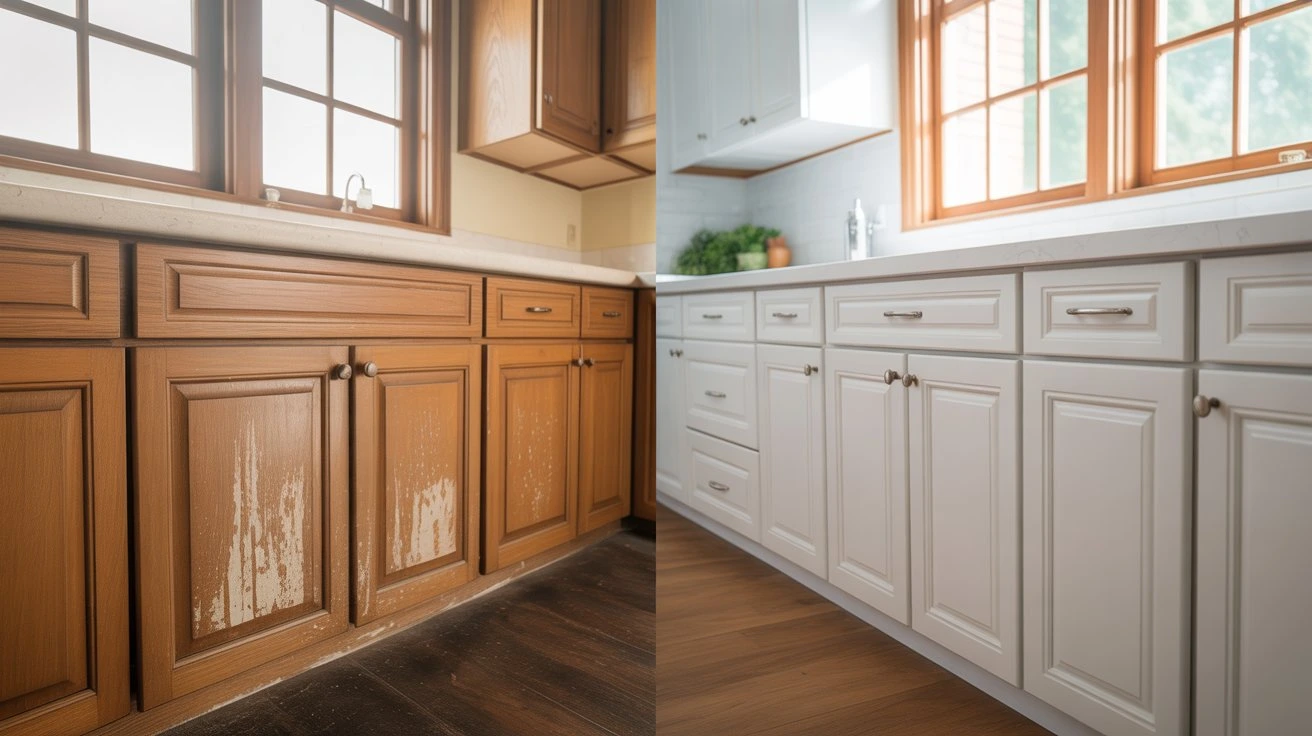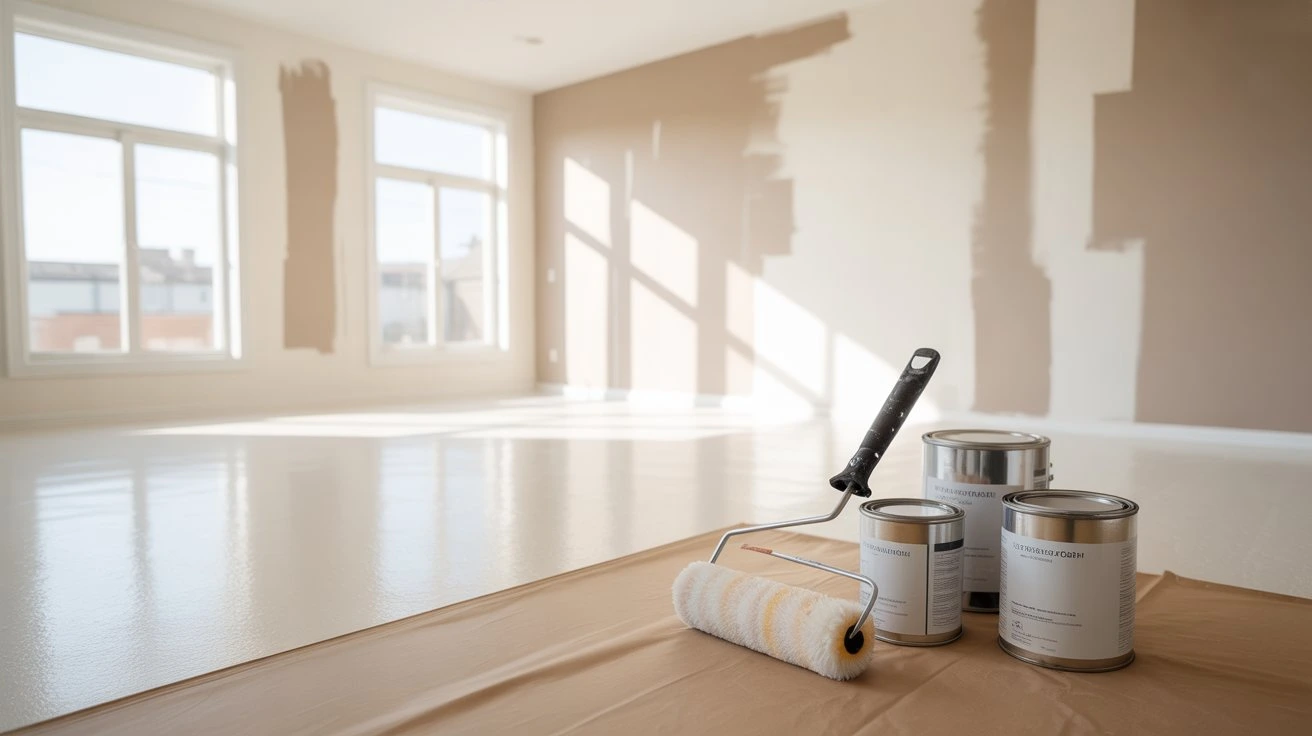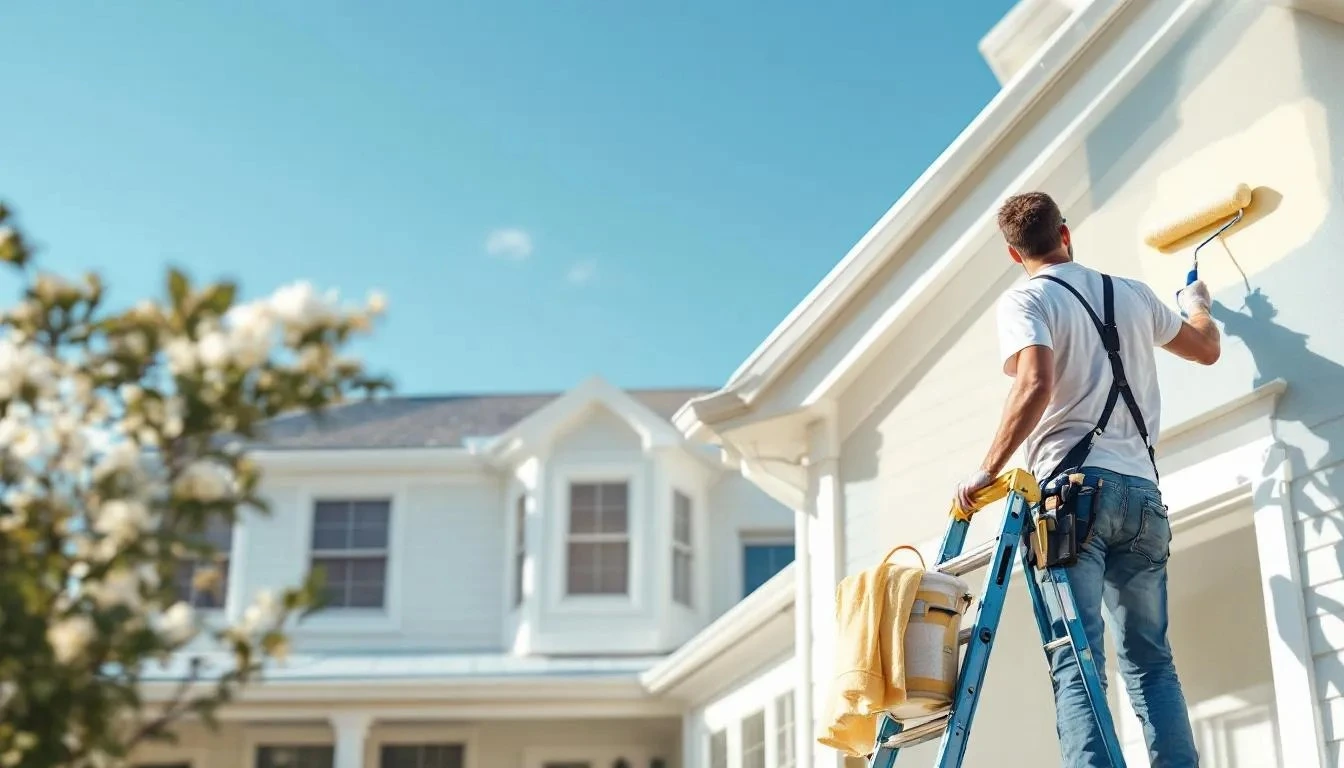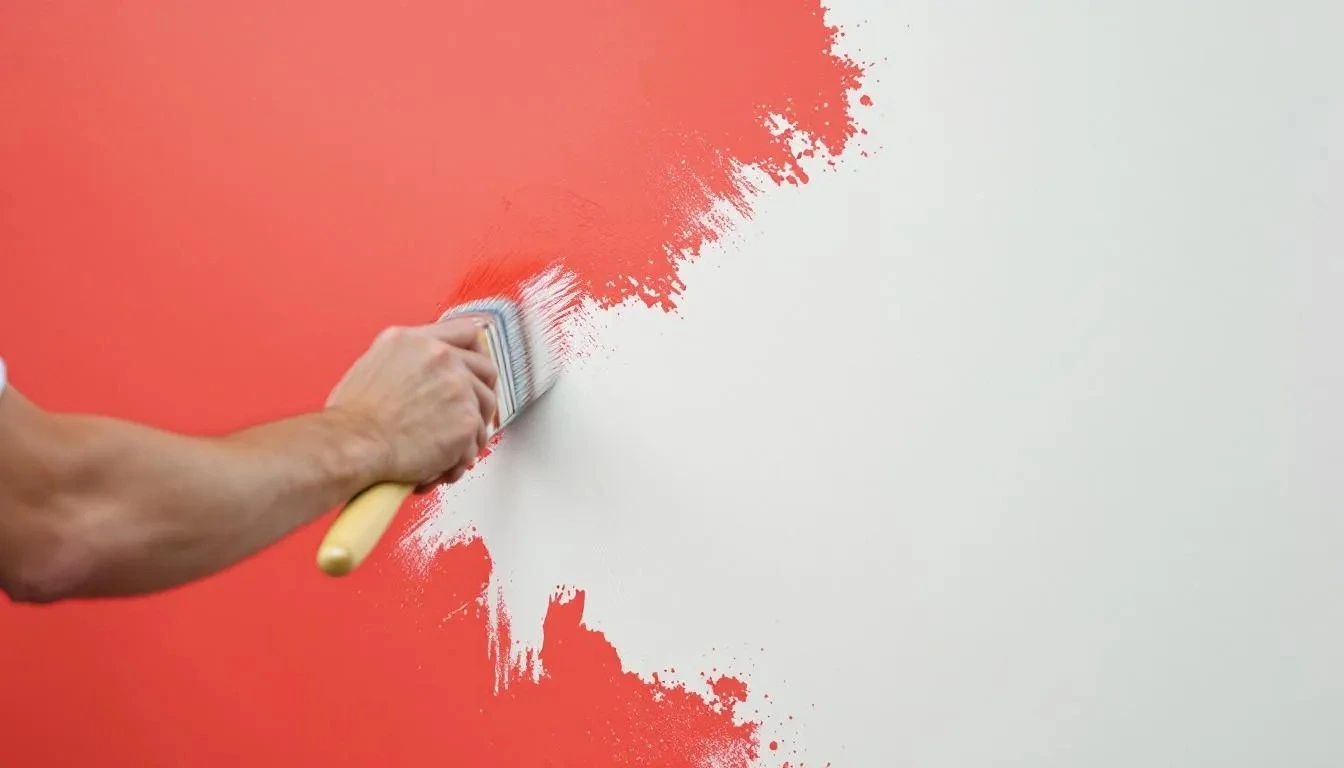How Many Coats of Paint Do I Need is a question every homeowner asks before starting a painting project. The answer isn’t just about aesthetics; it directly impacts durability, coverage, and the overall finish of your home. Applying the right number of coats ensures smoother walls, richer color, and longer-lasting results.
At Affordable Painting Plus, we guide homeowners through the process, helping them determine the ideal number of coats for both interior and exterior painting projects. With the right preparation and technique, your walls can look stunning and stay protected for years.
How Many Coats of Paint Do I Need for the Perfect Finish?
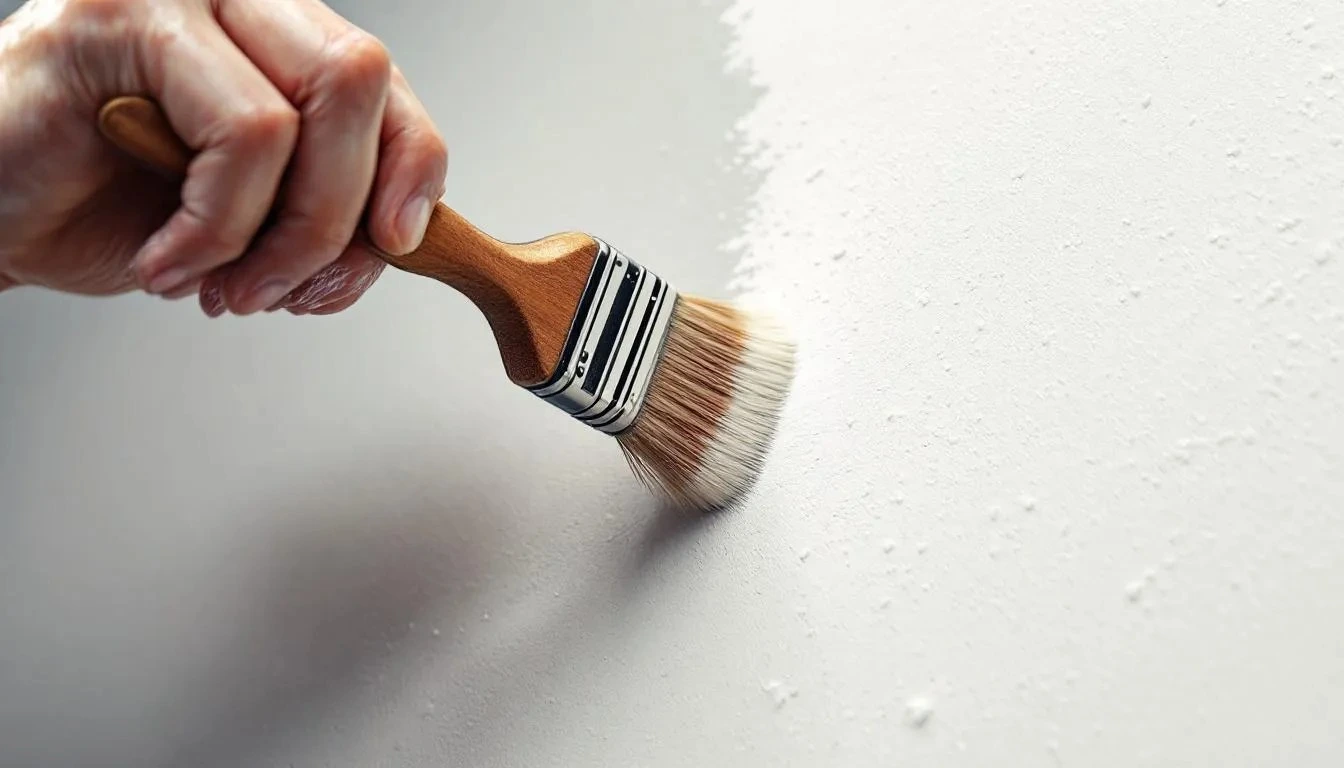
The number of coats of paint you need depends on your wall’s condition, the color you’re covering, and the paint quality you choose. For most interior painting projects, two coats of paint are ideal to achieve a rich, even color that lasts. However, exterior painting Nashville often require two to three coats because outside surfaces face harsh sunlight, moisture, and temperature changes. If you’re painting over a dark shade, bare drywall, or a surface without primer, an additional coat may be necessary for complete coverage. At Affordable Painting Plus, we carefully assess every project interior or exterior to determine exactly how many coats of paint you need for a flawless, durable, and professional finish that enhances your home’s beauty and protection.
The Ideal Number of Paint Coats for a Residential Painting Project
The number of coats you need depends on factors like paint type, surface material, and the color you’re applying. Generally, two coats of paint are recommended for most residential projects.
The Importance of Using Primer Before Painting
Primer is like a foundation for your walls. It helps the paint stick better and provides a smooth, even base.
Here’s why primer is important:
- Better adhesion: Helps the paint grip to the surface.
- Fewer coats required: Reduces the number of paint layers needed for full coverage.
- Enhanced durability: Protects against peeling and uneven fading.
If you’re painting over dark colors or unfinished surfaces, primer is essential. At Affordable Painting Plus, our team always includes primer in our prep process to make sure your finish looks perfect and lasts for years.
The Benefits of Applying Multiple Coats
Using multiple coats of paint ensures long-term quality.
Here’s why you shouldn’t stop after one:
- Even color coverage – Multiple layers eliminate patchiness.
- Richer color depth – Two coats enhance vibrancy and richness.
- Stronger protection – Extra layers resist moisture, stains, and sunlight better.
Simply put, painting how many coats you apply will determine whether your home looks freshly painted for months or for years.
Can You Get Away with One Coat?
Many people wonder if a single coat can save them time and money. The truth? Sometimes, but not always.
If you’re painting over a similar color and using premium-quality paint, one coat might be enough. But for most projects, two coats provide the durability and coverage you really want.
When Two Coats Are Necessary
You’ll definitely need two coats of paint when:
- Painting a darker color over a lighter one.
- Working on porous surfaces like new drywall or raw wood.
- Painting high-traffic areas like hallways, kitchens, or trim.
- Using flat or matte finishes, which often need extra coverage.
At Affordable Painting Plus, we rarely recommend stopping at one coat. Two coats may take more time, but they deliver a smoother, more consistent finish that truly transforms your space.
The Real Question | How Thick Should the Paint Be?
It’s not just how many coatings of paint you apply, but also how thick each layer is.
- Too thin, and you’ll see streaks or uneven color.
- Too thick, and the paint may bubble or take forever to dry.
The key is even, steady application with proper drying time between coats something professionals at Affordable Painting Plus are trained to perfect.
Factors That Affect How Many Coats You’ll Need
There’s no one-size-fits-all answer. The right number of coats depends on several factors, including paint type, surface condition, and even the weather.
Type and Grade of Paint
Not all paints are equal.
- High-quality paints usually have stronger pigments and better coverage, meaning fewer coats.
- Budget paints often need multiple coats for even coverage.
Paints labeled “one-coat coverage” can save time but only work best on well-prepped, light-colored surfaces.
Application Method (Spray vs Roller)
Your method affects how many coats of paint on wall surfaces are needed:
- Spray painting gives thin, even layers but may require more coats for solid coverage.
- Rollers apply a thicker layer, covering more efficiently with fewer coats.
At Affordable Painting Plus, we choose the right method based on your surface and desired finish for the best possible result.
Surface Material and Color Changes
Different materials absorb paint differently:
- Drywall and bare wood soak up more paint.
- Previously painted walls may only need touch-ups or one additional coat.
- Metal and glossy finishes require a primer to help paint stick.
If you’re changing from a dark color to a light one, expect to apply an extra coat or two for proper coverage.
Impact of Weather Conditions
Temperature and humidity can change how your paint performs.
- Hot or dry weather may cause paint to dry too fast.
- Cold or damp weather can prevent proper curing between coats.
That’s why our team at Affordable Painting Plus always checks local weather conditions before starting any outdoor painting project for flawless, lasting results.
Pro Tips to Ensure a Smooth and Even Finish
A smooth, even finish isn’t just about how many coats you apply it’s also about technique, tools, and timing
Curing Time Between Coats
Always let each coat dry properly before applying the next.
- For latex paints: Wait 2–4 hours between coats.
- For oil-based paints: Wait 24 hours or as recommended by the manufacturer.
Rushing can lead to streaking, peeling, or uneven color.
Proper Tool Maintenance and Technique
Using clean, high-quality tools makes a huge difference.
- Wash brushes and rollers after each use.
- Don’t overload your brush or roller.
- Apply in even strokes or “W” patterns for consistency.
Professionals at Affordable Painting Plus follow these steps to guarantee a streak-free, professional result every time.
Achieving Consistent Color Coverage
To get consistent results:
- Stir your paint frequently.
- Use the same paint batch for the entire room.
- Paint from top to bottom and maintain a wet edge to avoid visible lines.
These details might seem small, but they make your paint job look seamless and polished.
Protecting Your Investment with Professional Painting
Painting your home is more than just a DIY project, it’s an investment in beauty and protection. Choosing professionals ensures you get value that lasts.
Why Hiring Experienced Painters Matters
Experienced painters know how to prep surfaces, apply the right number of coats, and finish efficiently without wasting materials. They also understand how lighting and color interact things that DIY painters often overlook.
At Affordable Painting Plus, our experts assess every project to determine exactly how many coats of paint you need for the perfect finish.
Durable, Warrantied Painting Services
Hiring a professional means more than getting great color, it means getting peace of mind. Our painting services are:
- Durable: Designed to withstand weather and time.
- Efficient: Completed quickly without compromising quality.
- Guaranteed: Backed by warranties and customer satisfaction.
That’s what sets Affordable Painting Plus apart from the rest.
Get Your Free Estimate
Ready to give your home a new look? Don’t guess how many coatings of paint you need get a professional opinion.
Contact Affordable Painting Plus today for a free, no-obligation estimate. Our experienced painters will help you choose the right paint, number of coats, and finish for your walls all within your budget.
Final Thoughts
So, how many coats of paint do I need? While one coat might seem convenient, most homes benefit from two or more coats for the best color depth and durability. Using primer, choosing quality paint, and hiring professionals ensures a finish that looks beautiful and lasts for years.
If you want to upgrade your home with expert results, Affordable Painting Plus is here to help. And for premium-quality paint products, check out our trusted partner Crown Foodservice because great results start with great materials.
FAQs
How many coats of paint on the wall are ideal for new drywall?
New drywall absorbs paint quickly. Use one coat of primer followed by two coats of paint for smooth, even coverage.
Can one coat of paint ever be enough?
It depends on the surface and color. For similar shades and well-prepped walls, one thick coat may work but two coats guarantee longer-lasting, even color.
How long should I wait between coats?
For latex paints, wait 2–4 hours. For oil-based paints, allow at least 24 hours for full curing. Always follow manufacturer guidelines for best results.
Do different paint types change how many coatings of paint I need?
Yes. High-quality or premium paints usually require fewer coats than cheaper alternatives. Gloss and semi-gloss finishes often need extra coats for even reflection.
Should I hire professionals or DIY my painting project?
DIY can save money upfront, but professionals like Affordable Painting Plus ensure proper prep, even coating, and lasting quality saving you time and costly touch-ups in the long run.

